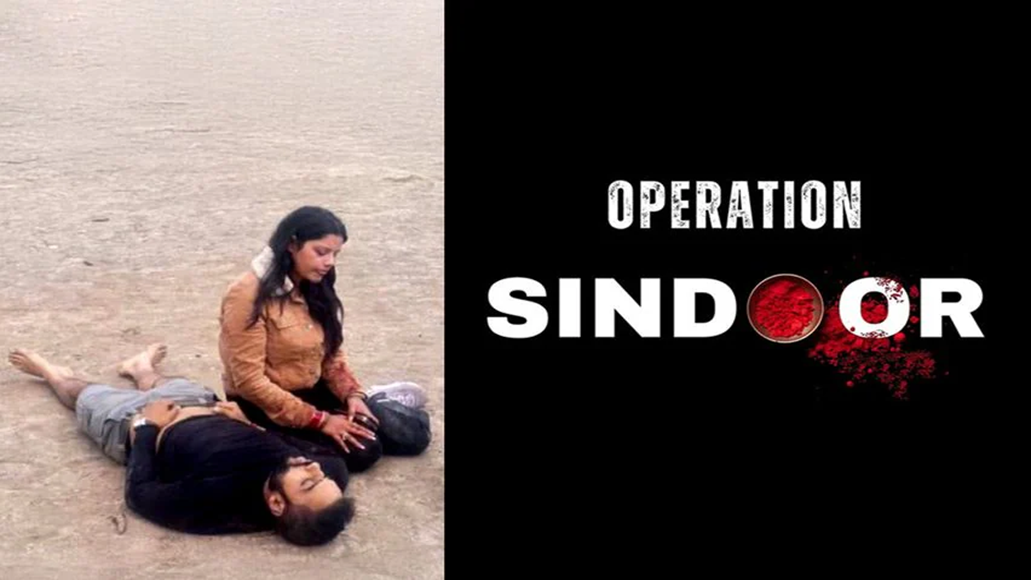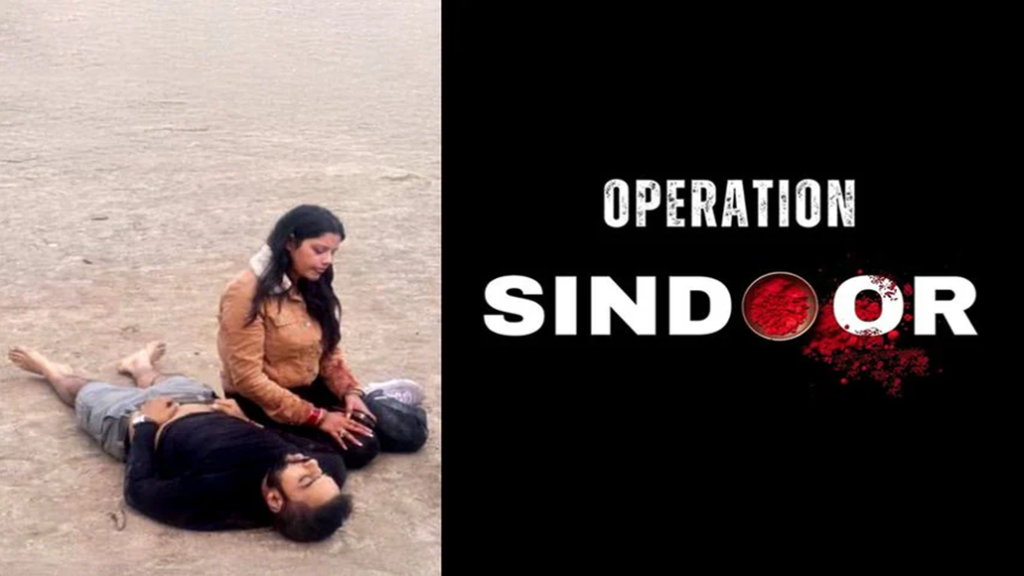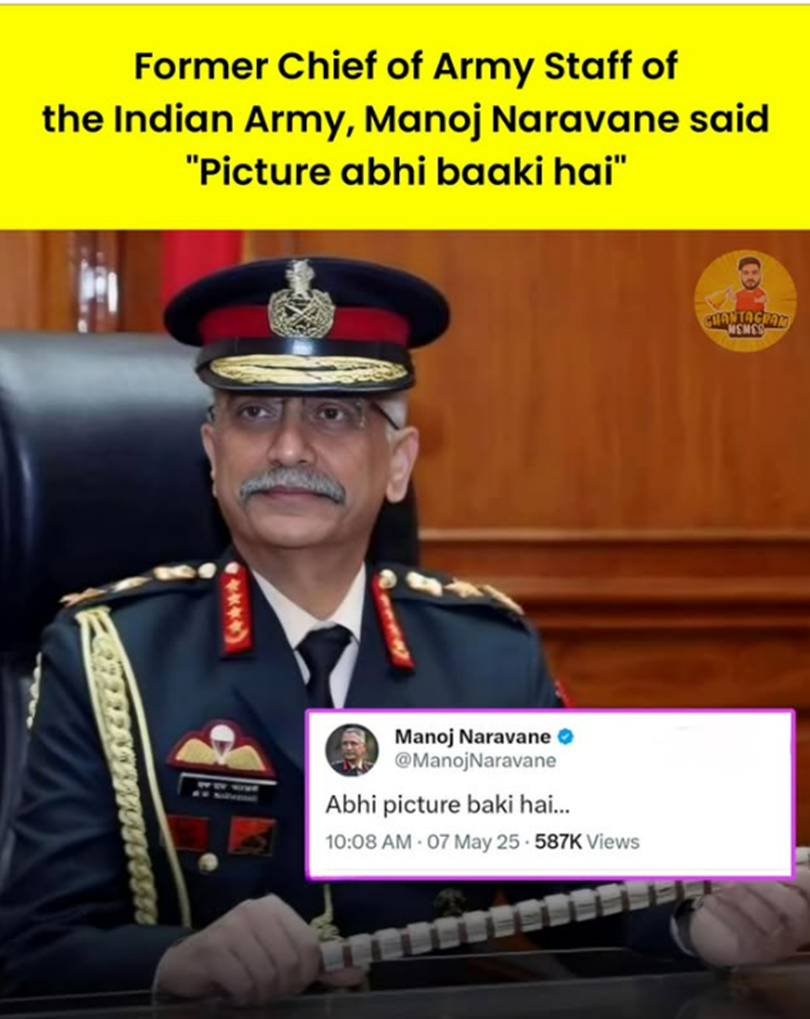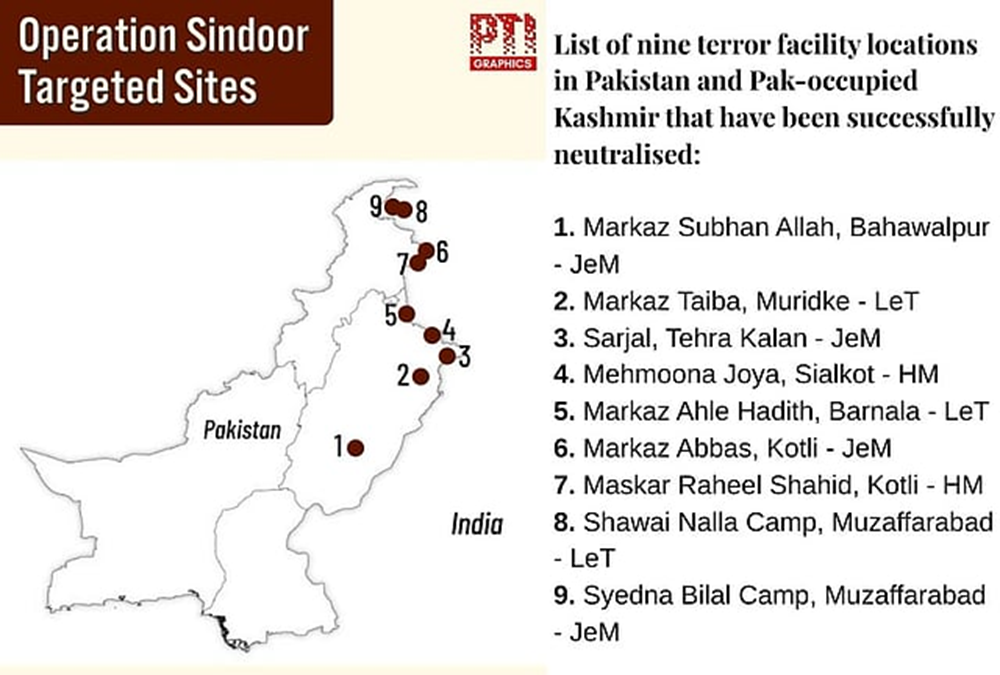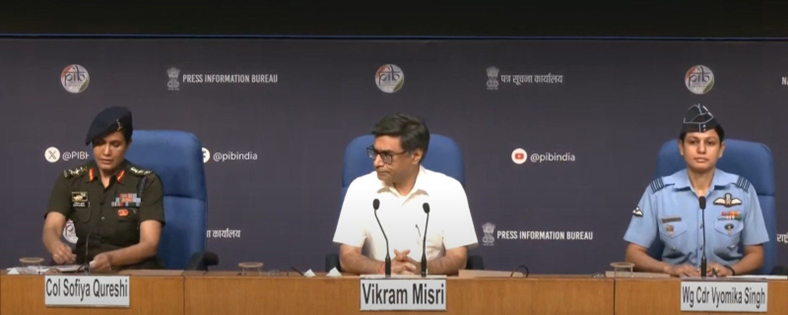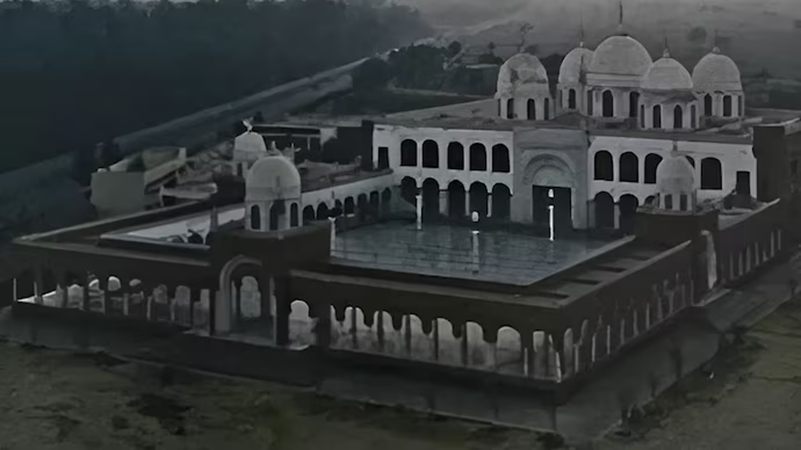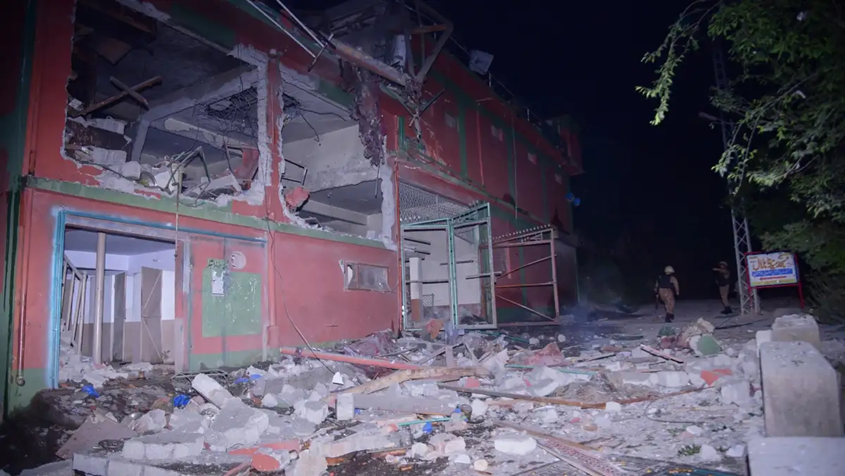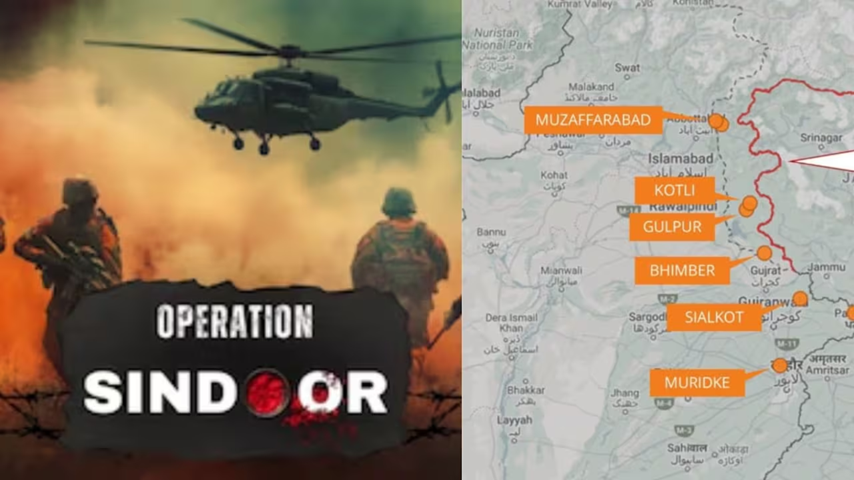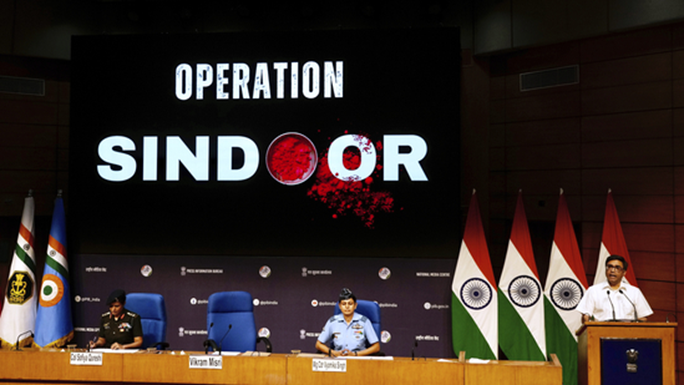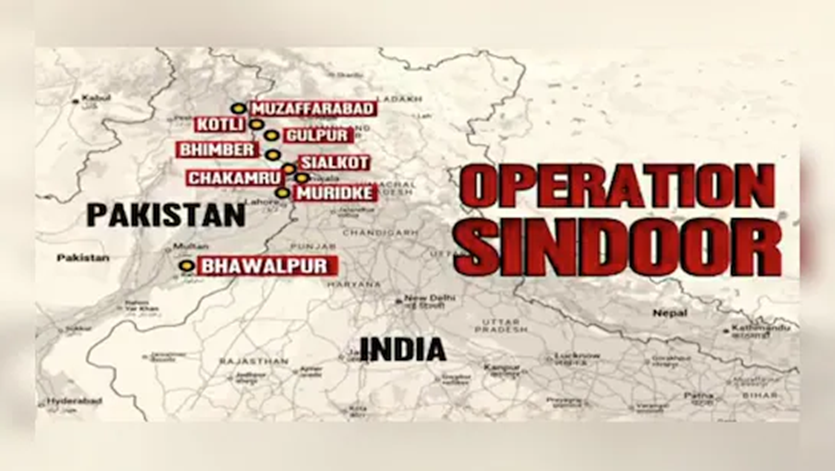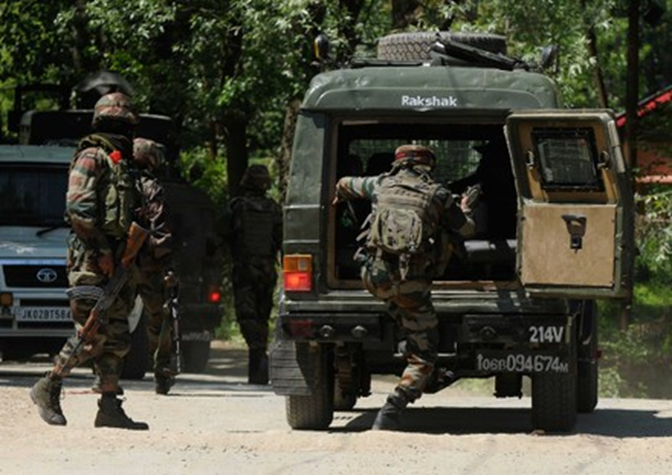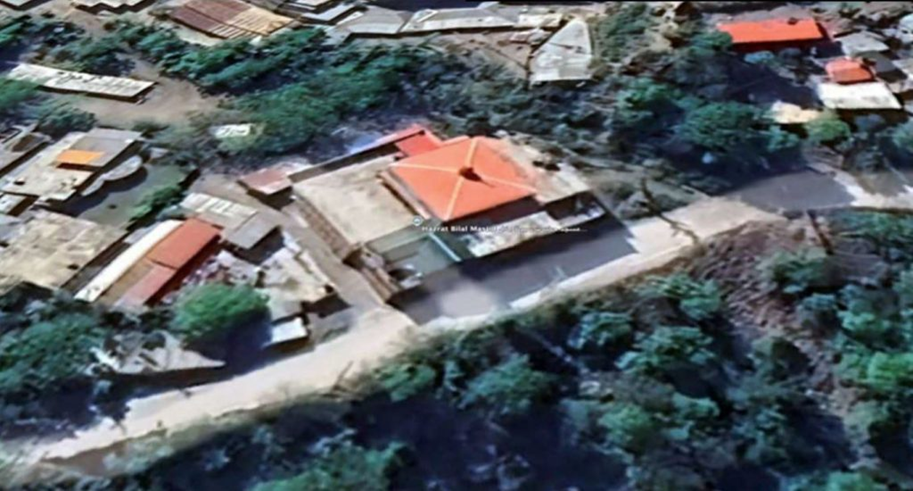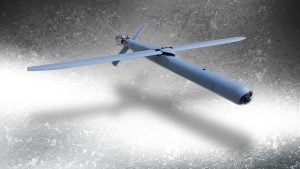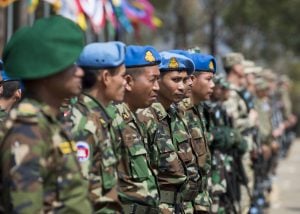India executed a coordinated, multi-branch military operation named Operation Sindoor, striking nine terrorist-linked locations across Pakistan and Pakistan-occupied Kashmir (PoK). The targets included some of the most significant and long-standing terrorist training hubs in the region.
Missile Therapy To Pakistan Why India Chose These 9 Terror Hubs
Why In News
- India executed a coordinated, multi-branch military operation named Operation Sindoor, striking nine terrorist-linked locations across Pakistan and Pakistan-occupied Kashmir (PoK). The targets included some of the most significant and long-standing terrorist training hubs in the region.
- The operation came in the wake of the April 22 Pahalgam attack in Jammu and Kashmir, where 26 civilians, most of them tourists, were killed. The Pakistan-based Lashkar-e-Taiba (LeT) group has been linked to the attack. India’s retaliatory strike was designed to dismantle key logistical, operational, and training infrastructure used by LeT, Jaish-e-Mohammed (JeM), Hizbul Mujahideen, and other affiliated networks.
Colonel Sofiya Qureshi Wing Commander Vyomika Singh
- After India struck at least nine terror infrastructure in Pakistan and POK, Foreign Secretary Vikram Misri, Wing Commander Vyomika Singh, and Colonel Sofiya Qureshi briefed the media on Operation Sindoor. Two women officers being a part of the panel briefing the media about Operation Sindoor is not just a defining moment but also reflects India’s commitment to honour the widows of those who perished in the ghastly Pahalgam attack on April 22. It also highlights the evolving role of women in India’s defense services.
- In 2016, Colonel Sofiya Qureshi made history as the first woman officer to command an Indian Army contingent at a multi-national military exercise-Exercise Force 18 – India’s largest-hosted foreign military drill – in Pune. The exercise involved 18 countries and focused on Peacekeeping Operations and Humanitarian Mine Action.
- At the time, she was the only woman leader among the 18 contingents, commanding a 40-member Indian team. She is an officer from the Corps of Signals, responsible for military communications and information systems. Wing Commander Vyomika Singh’s journey to the Air Force started with a dream when she was in school days as she wanted to fly. Her name ‘Vyomika’ suggests one who lives in the sky or the daughter of the sky.
- She went on to pursue her goal by joining National Cadet Corps (NCC) and earned a degree in engineering. She has operated different helicopters like Cheetah and Chetak in difficult terrains in J&K, Northeast. Vyomia has logged over 2500 flying hours and participated in different missions, where the major one was in Arunachal Pradesh in November 2020, reports said.
Why These Targets Were Chosen
- Each of the nine sites selected for the operation had a history of association with major terror plots and infiltration attempts directed at India. India identified these sites based on cumulative assessments of their significance to the terrorist ecosystem across the India-Pakistan border.
- Bahawalpur: Jaish-e-Mohammed Headquarters : Bahawalpur, in southern Punjab, Pakistan, was one of the primary targets. The city is widely known to be the headquarters of Jaish-e-Mohammed, the terrorist organisation led by Masood Azhar. The group has claimed responsibility for, or has been linked to, several high-profile attacks in India, including the 2001 Parliament attack and the 2019 Pulwama suicide bombing.
- Muridke: Lashkar-e-Taiba Base and Training Ground : Roughly 40 kilometres north of Lahore, Muridke is the long-established nerve centre of Lashkar-e-Taiba and its charitable wing, Jamaat-ud-Dawa. Spread over more than 200 acres, the Muridke terror facility includes training areas, indoctrination centres, and logistical support infrastructure. India accuses LeT of having orchestrated the 2008 Mumbai attacks, among others. The 26/11 attackers received their training here. Established in 2000 in Sheikhupura, Punjab, this is LeT’s most significant training facility, enrolling nearly 1,000 individuals annually. It offers arms training, religious indoctrination, and radicalisation. Al-Qaeda leader Osama bin Laden reportedly contributed ₹10 million for building a mosque and guest house here. The centre trained perpetrators of the 26/11 Mumbai attacks, including Ajmal Kasab, under ISI oversight.
- Markaz Abbas, Kotli : A major JeM hub headed by Qari Zarrar, a senior member of the JeM council and close aide of Mufti Abdul Rauf Asghar. Zarrar is wanted by India’s National Investigation Agency. The site supports infiltration routes through Poonch and Rajouri and can host up to 125 militants.
- Maskar Raheel Shahid, Kotli : One of HM’s oldest camps, this facility trains 150–200 cadres in arms handling, sniping, and survival tactics suited for mountain warfare. It plays a key role in equipping militants for cross-border incursions.
- Gulpur: Launchpad for Attacks in Rajouri and Poonch : Gulpur is believed to have been used repeatedly in 2023 and 2024 as a forward launchpad for operations into Jammu and Kashmir’s Rajouri and Poonch. According to sources, the site was used as a staging area for terrorists who carried out attacks on Indian security convoys and civilian targets in those regions.
- Sawai: LeT Camp Linked to Kashmir Valley Attacks : Sawai has been linked to attacks in northern Kashmir, particularly in Sonmarg, Gulmarg and Pahalgam. Also known as Bait-ul-Mujahideen, this LeT camp is situated near the Chelabandi bridge on the Muzaffarabad–Neelum Road. It trained 26/11 attackers, including Ajmal Kasab. Operational since the early 2000s, the site accommodates up to 250 trainees, providing ideological and military instruction. Pakistan Army trainers are known to assist in weapons training here.
- Sarjal and Barnala: Infiltration Routes : Located close to the International Border and the Line of Control, Sarjal and Barnala are considered gateway points for infiltration. This JeM facility in Narowal District operates out of a Primary Health Centre and lies just 6 km from the International Border in Samba, Jammu. It serves as a key launching site for cross-border tunnel infiltration and drone-based arms and narcotics drops. JeM commanders Mohammad Adnan Ali and Kashif Jan frequent the site, which is overseen by de facto chief Mufti Abdul Rauf Asghar.
- Mehmoona: Hizbul Mujahideen Presence : The Mehmoona camp, located near Sialkot, was used by Hizbul Mujahideen, the terror group historically active in Kashmir. Though the group has seen a decline in recent years, Indian officials maintain that remnants continue to be trained and directed from across the border, particularly from areas like Mehmoona, where local support networks remain intact. Located within Bhutta Kotli government premises, this Hizbul Mujahideen camp trains militants and oversees infiltration into Jammu. Commanded by Mohd Irfan Khan, alias Irfan Tanda, the facility houses around 20–25 armed militants at any given time.
- Markaz Syedna Bilal, Muzaffarabad : This JeM transit facility lies opposite Red Fort in Muzaffarabad. Typically housing 50–100 cadres, it is overseen by Mufti Asghar Khan Kashmiri and supports launch operations into Jammu and Kashmir. Fugitive militant Aashiq Nengroo and other senior figures operate from here. The facility is also used by Pakistan Army’s elite Special Services Group (SSG) for training JeM fighters.
